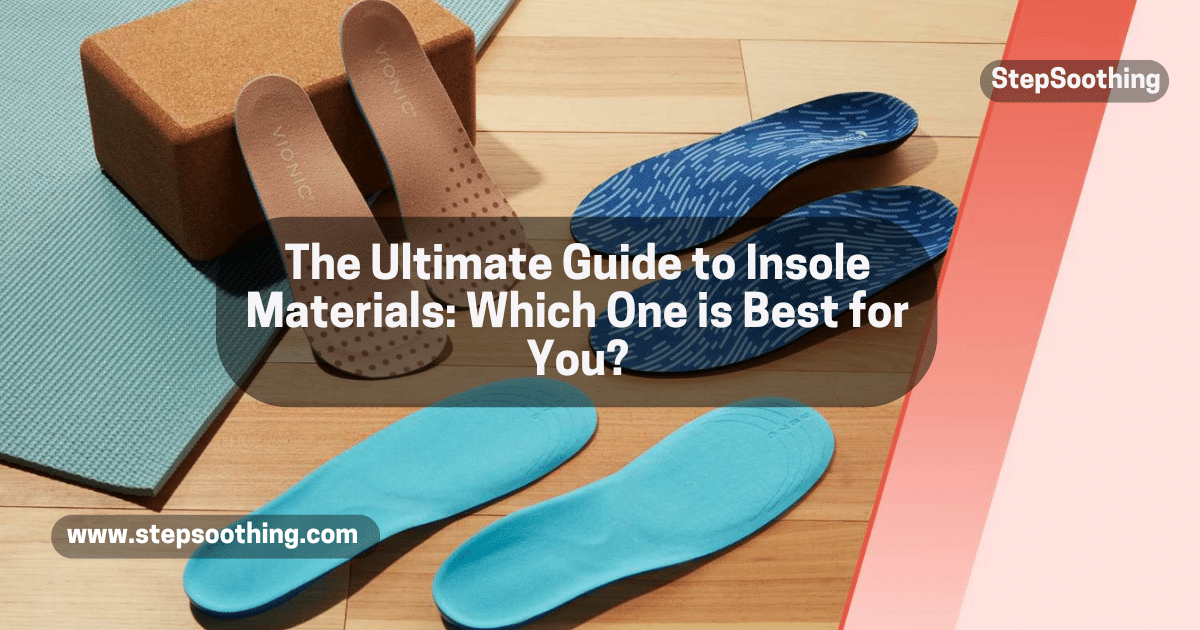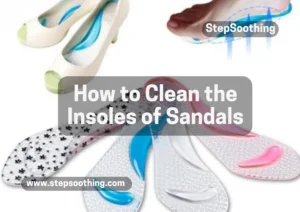Foot health is often overlooked, yet it plays a vital role in daily comfort and overall biomechanical stability. A good pair of insoles can significantly enhance foot support, shock absorption, and pressure distribution, preventing pain and fatigue. Studies suggest that X% of people suffer from plantar fasciitis, and many others experience arch pain, gait imbalances, or foot misalignment due to poor footwear. Understanding the effectiveness of different insole materials can make all the difference, ensuring better performance and reducing the risk of injuries.
The Ultimate Guide to Insole Materials: Which One is Best for You?
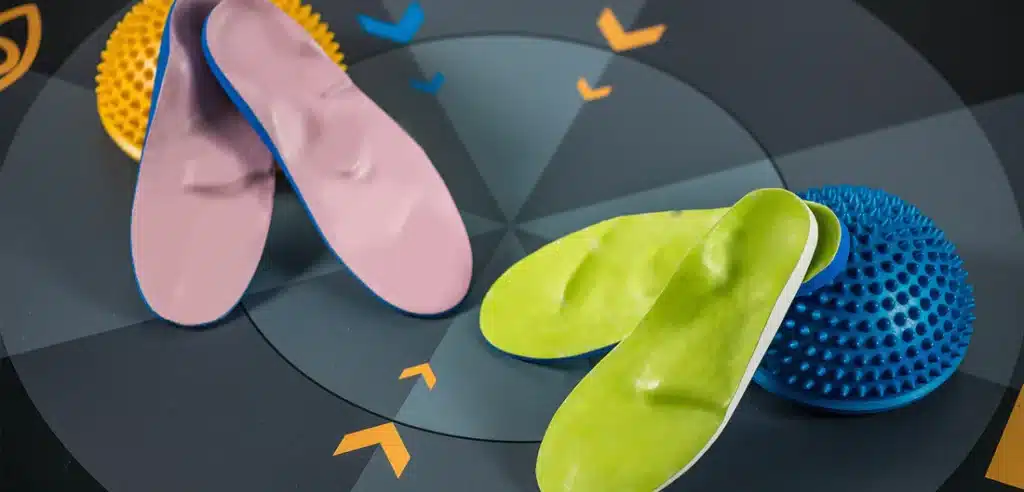
Understanding Foot Biomechanics & Insole Functionality
How Feet Absorb Shock
Each step we take exerts force on our bones, tendons, and ligaments, requiring effective shock absorption. The foot’s natural arch plays a crucial role in reducing impact by evenly distributing pressure across the forefoot and rearfoot regions. Without proper support, excessive force can lead to discomfort, pain, and even chronic conditions. Research has shown that arch support plays a vital role in maintaining stability and preventing foot fatigue.
How Insoles Provide Support
Insoles are designed to provide stability and cushioning, helping correct foot posture and enhance gait characteristics. Some contoured designs improve motion control, ensuring that each step is properly aligned. This is particularly important for individuals suffering from flat feet, high arches, or diabetic foot complications, as improper pressure distribution can cause long-term damage. Experts emphasize the importance of choosing the right insole based on foot biomechanics and individual needs.
Key Factors Affecting Insole Performance
Shock Absorption & Cushioning
For those engaged in high-impact activities such as running or prolonged standing, selecting insoles with optimal shock absorption properties is essential. Gel and memory foam materials are known for their excellent rebound effects, reducing strain on joints and muscles.
Arch Support & Foot Alignment
Different foot types require specific support to maintain proper alignment. Cork and latex insoles are rigid and provide strong arch support, while foam-based options offer more flexibility. Plantar fasciitis sufferers benefit most from offloaded support to reduce strain on their heel and forefoot regions. Clinical studies highlight the benefits of insoles in alleviating foot pain and preventing further complications.
Moisture-Wicking & Breathability
Proper ventilation is crucial in preventing sweaty, smelly feet and maintaining hygiene. Leather and wool-based insoles are breathable, while some synthetic options include moisture-wicking properties to keep feet dry.
Durability & Longevity
The lifespan of an insole depends on its material composition and resistance to compression. Polyurethane foam and carbon fiber insoles last longer, while soft memory foam tends to break down faster. Regular evaluation of insole wear is important to maintain foot health.
Flexibility vs. Firmness
Finding the right balance between comfort and stability is key. Soft foam insoles provide more cushioning, while rigid cork or composite insoles offer firm support for individuals requiring extra stability.
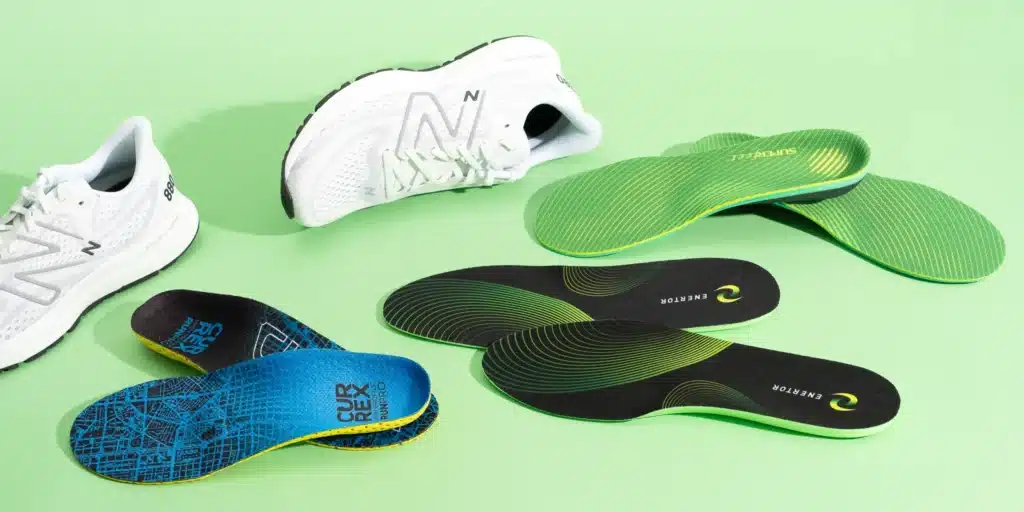
Comparing Different Insole Materials: Pros & Cons
Memory Foam Insoles
✔ Pros: Excellent cushioning, molds to foot shape, ideal for diabetics.
✖ Cons: Retains heat, wears out quickly.
⭐ Best For: Casual wear, individuals with sensitive feet.
Gel Insoles
✔ Pros: Superior shock absorption, stays cool.
✖ Cons: Can be heavy, may lack structured arch support.
⭐ Best For: Athletes, people who stand for long hours.
EVA (Ethylene Vinyl Acetate) Insoles
✔ Pros: Lightweight, flexible, and offers moderate arch support.
✖ Cons: May flatten over time, less durable.
⭐ Best For: Running shoes, everyday wear.
Cork Insoles
✔ Pros: Molds to foot shape, eco-friendly, firm support.
✖ Cons: Less cushioning, initially stiff.
⭐ Best For: Individuals needing strong arch support, sustainable option seekers.
Leather Insoles
✔ Pros: Durable, moisture-wicking, breathable.
✖ Cons: Minimal shock absorption, expensive.
⭐ Best For: Formal shoes, office wear.
Carbon Fiber or Composite Insoles
✔ Pros: Ultra-lightweight, highly durable, excellent structural support.
✖ Cons: Expensive, less cushioning.
⭐ Best For: Athletes, people with foot injuries.
Special Technologies in Modern Insoles
Antimicrobial Coatings
Many modern insoles feature antibacterial treatments to prevent odor and maintain hygiene. This is especially beneficial for individuals with sweaty feet or those who wear closed shoes for extended periods.
Temperature-Regulating Materials
Wool-lined or synthetic insoles help regulate temperature, keeping feet warm in cold environments and cool in hot conditions. This is particularly useful for hikers and individuals working in extreme temperatures.
3D-Printed & Custom Insoles
With advancements in technology, custom 3D-printed insoles allow for precise fit and targeted support. These are often prescribed by clinicians for individuals with chronic foot conditions or specific biomechanical issues.
Insole Selection Guide: How to Choose the Best One for You
- For Sports & High-Impact Activities: Gel or EVA insoles for shock absorption and flexibility.
- For Work & Standing All Day: Memory foam insoles for maximum comfort and cushion.
- For Medical Conditions (Plantar Fasciitis, Flat Feet, etc.): Cork or carbon fiber insoles for rigid support.
- For Formal or Dress Shoes: Leather insoles for breathability and comfort.
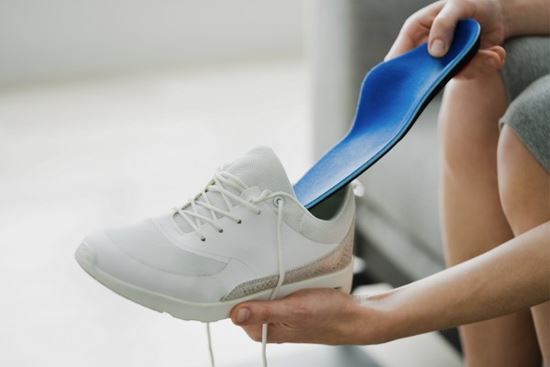
Custom vs. Off-the-Shelf Insoles: Which One Should You Get?
Custom Insoles
They are specifically designed for an individual’s foot structure, ensuring better fit and functionality. However, they are expensive and require professional prescription.
Off-the-Shelf Insoles
These are more affordable and come in various types, catering to general comfort and support needs. While they provide good shock absorption, they may not be suitable for individuals with serious foot conditions.
Real User Experiences & Expert Opinions
Testimonials from Users
Many users report that foam and gel insoles significantly reduce foot fatigue when standing for long hours. Athletes prefer carbon fiber or EVA insoles for their durability and high performance.
Insights from Podiatrists & Orthopedists
Experts suggest that choosing the right insole depends on foot biomechanics, activity levels, and existing foot conditions. They recommend regular assessment and replacement of insoles to ensure continued effectiveness.
Insole Maintenance & Replacement Guide
How to Clean Insoles Properly
To maintain hygiene, insoles should be cleaned regularly with a mild detergent and air-dried.
When to Replace Insoles
Most insoles should be replaced every 6-12 months, depending on material wear and tear.
Storage Tips
Store insoles in a dry environment to prevent moisture buildup and bacterial growth.
People Also Asked
How often should insoles be replaced?
Insoles should be replaced every 6-12 months, depending on usage, material durability, and wear patterns to maintain optimal comfort, support, and shock absorption for foot health.
Can insoles be used in all types of shoes?
Most insoles fit various footwear, but specialized designs work best for athletic shoes, work boots, or dress shoes to provide proper cushioning, arch support, and pressure relief.
What is the best insole for plantar fasciitis?
Cork or carbon fiber insoles offer firm arch support, reducing heel and forefoot pressure, while memory foam or gel insoles provide extra cushioning for pain relief.
Do expensive insoles work better than cheap ones?
Higher-priced insoles often feature better materials, durability, and biomechanics-based support, but affordability doesn’t always mean low quality; comfort, fit, and material properties should be prioritized.
Are memory foam or gel insoles better?
Gel insoles provide superior shock absorption, ideal for high-impact activities, while memory foam insoles excel in cushioning and pressure relief, making them perfect for long hours of standing.
